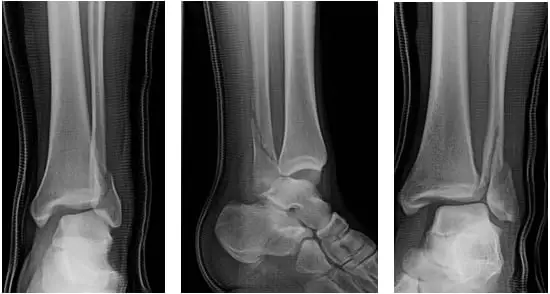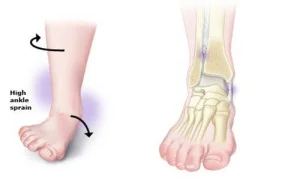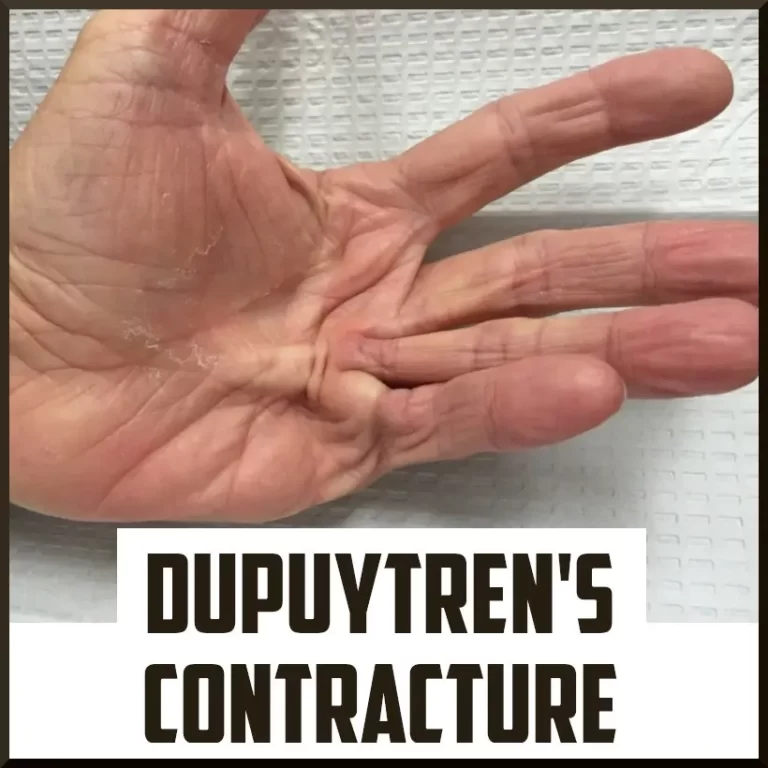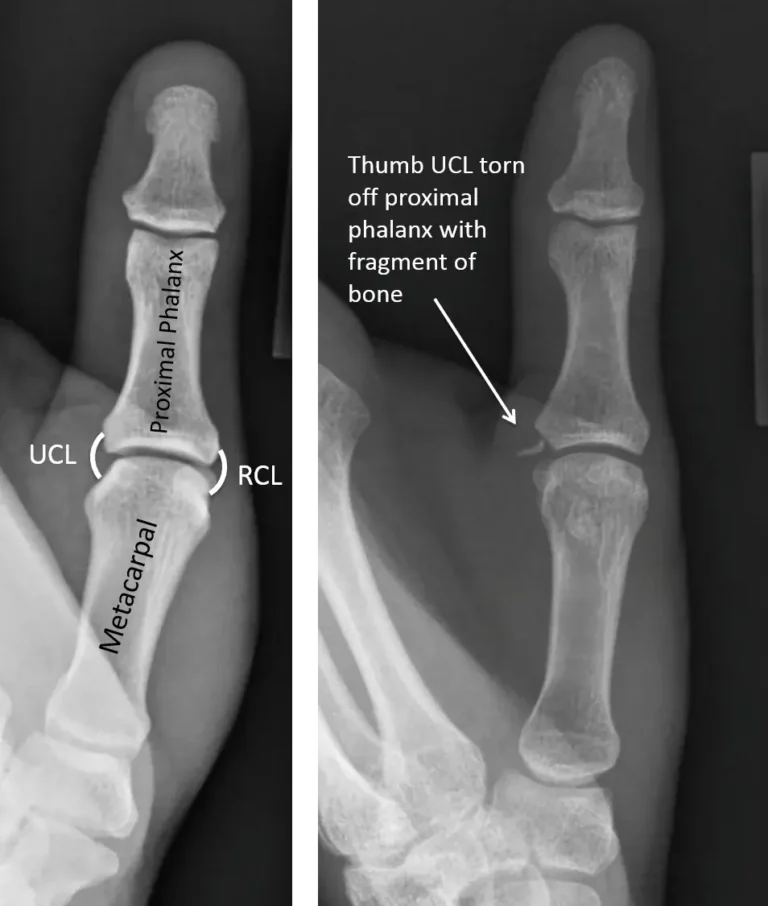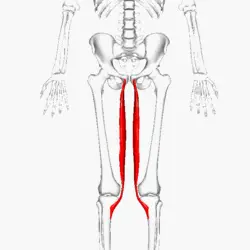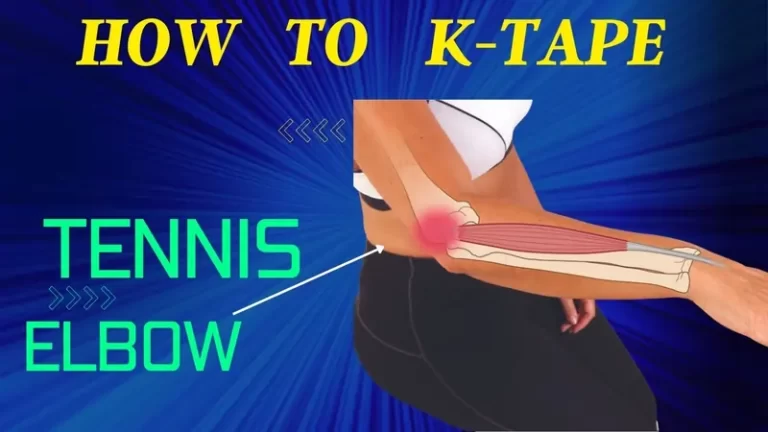Ankle Dislocation
Introduction
Ankle dislocation occurs when the bones that form the ankle joint are forced out of their normal alignment, typically due to trauma or injury. It’s a serious condition that is mostly associated with ligament damage, fractures, and edema. Immediate medical attention is crucial to reduce the risk of complications like poor blood circulation, nerve damage, and long-term joint instability.
A typical cause of ankle dislocation is injury to the ligaments that support the joints as well as a fracture of the distal ends of the tibia and fibula. It can affect persons of various ages and is frequently followed by a fracture. With the help of X-rays and a physical examination, your healthcare practitioner can diagnose your problem. Splints, casts, restructuring your bones, and painkillers are possible forms of treatment. Also, a lot of people will require surgery. There could be issues for some people. Ankle arthritis and infections are two examples of them.
Anatomy of the Ankle Joint
Ankle joints are hinged-type joints that attach the bones of the lower leg and foot. The tibia (shin bone), fibula (calf bone), and talus (ankle bone) make up this structure. The talocrural or tibiotalar joints are other names for the ankle joint.
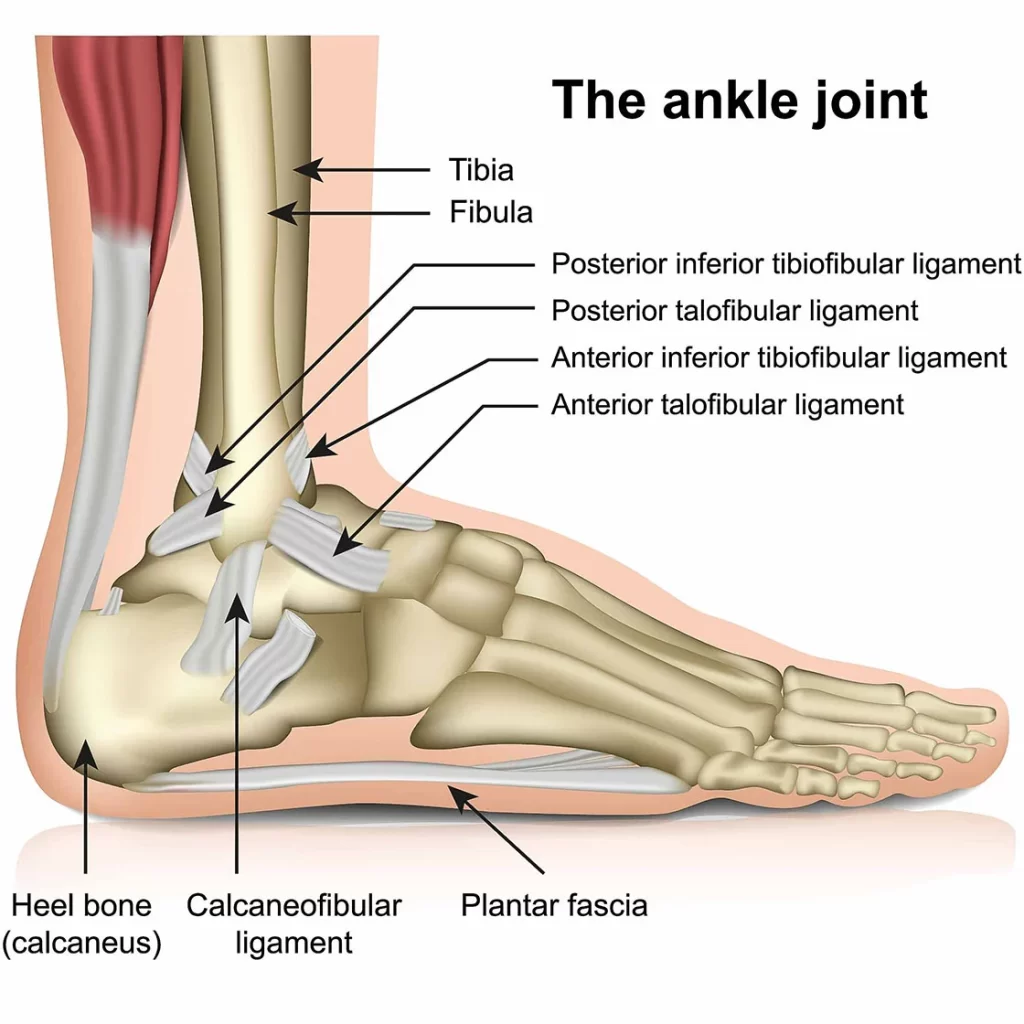
Our ankles consist of:
- Bones.
- Cartilage.
- Ligaments.
- Muscles.
- Nerves.
- Blood vessels.
Bones
Your ankle joint is created of three bones.
- Tibia, the shin bone.
- Calf bone, or fibula.
- Talus.
Cartilage
Cartilage is a strong and flexible tissue that protects joints. It works as a shock absorber throughout the body. Your ankle is lined with hyaline cartilage. Hyaline cartilage is the most frequent form of cartilage found in the body.
Hyaline cartilage is slippery and smooth, allowing your bones to slide effortlessly past each other in your joints. The surfaces of your tibia, fibula, and talus that touch each other are lined with hyaline cartilage.
Ligaments
The ligaments that connect the bones in your foot to the bones in your lower leg are similar to cords. Your ankle is composed of three primary groups of ligaments:
- Deltatoid ligaments, or Medial ligaments: Starting at the base of your tibia, or the medial malleolus, are these four ligaments. They spread apart to join the navicular bones, calcaneus (heel bone), and talus in your foot.
- Lateral ligaments: On the outside of your ankle, the ends of your fibula form an arch at the lateral malleolus, which is the beginning of all of these ligaments. They attach to the calcaneus and talus.
- Syndesmotic ligaments: The tibia and fibula are joined by these four ligaments.
Muscles
Stretchy fibers form the soft tissue that makes up muscles. To pull and move different portions of your body, they flex, tightening up. Your ankle movements are controlled by the muscles in your legs and feet. Plantarflexion muscles allow you to flex your foot downward and away from your body. Among them are the:
- Gastrocnemius.
- Soleus.
- Plantaris.
- Tibialis Posterior.
- Flexor digitorum longus.
- Flexor hallucis longus.
- Peroneus brevis.
- Peroneus longus
Dorsiflexion muscles allow you to lift your foot toward your body. They include the
- Tibialis anterior.
- Long finger extensor.
- Long extensor hallucis.
- Peroneus tertius.
Nerve supply
Nerves function like wires, carrying electrical impulses between your brain and the rest of your body. These impulses allow you to experience sensations and move your muscles. The nerves in your ankle include the:
- Tibial nerve.
- The superficial peroneal nerve.
- The deep peroneal nerve.
Blood supply
The pathways that distribute blood throughout your body are called blood vessels. They come together at your heart to form a closed loop that functions similarly to a circuit. Blood travels through three arteries to and from your ankle, including the following:
- Anterior tibial artery.
- Posterior tibial artery.
- Peroneal artery.
Function
Anytime you move, your ankles flex and bend to keep you balanced and stable. There are two ways that your ankles move:
- Plantar flexion: a downward, body-away motion.
- Dorsiflexion: lifting and moving in the direction of your body.
What is Ankle Dislocation?
- A dislocation of a joint occurs when the bones of a joint separate abnormally. An ankle dislocation occurs when something like this occurs in the ankle joint. It is a serious wound.
- Your foot’s up-and-down motion is assisted by the ankle joint. The subtalar joint is an additional ankle joint located underneath this. This joint is located in your foot between the calcaneus, another bone, and the talus. This joint enables your foot to sway from the right to the left side. Normally, all of these bones are securely held in place by a strong network of ligaments.
- These ligaments can be torn or pulled out of place by a severe injury. As a result, there is an unusual gap between one or more bones. Strong and difficult to pull away from or tear easily are the ligaments. Ankle dislocations frequently coexist with one or more ankle bone breaks.
- An ankle dislocation may occur in certain situations even in the absence of an ankle bone break. Rarely, a significant ankle sprain has occurred alongside an ankle dislocation. When the ligaments are ripped, the sprain becomes severe. Considerable repeatedly, the damage drives the talus bone to move dropping behind the additional ankle bones. It can also be shifted upward, to the front, or to either side.
- People of all ages can get ankle dislocations. They happen far more frequently with ankle fractures than with simple sprains.
What is Ankle Subluxation?
A partial dislocation is called a subluxation. Ankle subluxation or dislocation frequently results in strained or torn ligaments as well as a possible break in the bone.
What are the types of Ankle Dislocation?
Around the ankle joint, dislocations of the posterior, anterior, lateral, and superior types are observed.
- Posterior Dislocation: Ankle dislocations most frequently occur from posterior dislocations, in which the talus shifts backward relative to the tibia. The foot must be plantarflexed that is, with the toes pointed downward at the time of the injury for this to happen. The ligaments and tissues that support the ankle are torn when the ankle is pulled either inward from the outside (inversion) or outward from the inside (eversion).
- Anterior Dislocation: When the foot is fixed or dorsiflexed (the toes pointed upward), anterior dislocations where the talus is forced forward occur. The force directly in front of the foot forces the tibia backward.
- Lateral Dislocation: When the ankle is twisted, either invertedly or evertedly, lateral dislocations happen, but there are always fractures connected to the medial or lateral malleolus, or both.
- Superior Dislocation: Superior dislocation, additionally recognized as a pilon injury, takes place when an axial stress injury drives the talus to become dropped vertically in the hollow between the tibia and fibula. This could happen if you fall and land on your feet, or if you are in an accident and your foot is pressed hard against the brake pedal.
What could be the cause of Ankle Dislocation?
- Ankle dislocation is the outcome of a serious ankle injury. If these ligaments holding your bones together weren’t present, many ankle ligaments would tear and your ankle bones would break apart.
- This might occur in a car collision. It can also occur when participating in sports, particularly those that require jumping. During impact, it is more likely to occur when your foot is pointed downward.
- Typical reasons for dislocations include falls, auto accidents, and sports-related injuries.
What signs and symptoms indicate an Ankle Dislocation?
You could experience the following symptoms from your ankle injury:
- Acute, excruciating pain
- Bruising and swelling
- Tenderness to the touch
- Inability to support your weight with your foot
- Having trouble extending your ankle
- An abnormal appearance on your ankle
- A bone piercing your epidermis
Who is at risk for Ankle Dislocation?
Ankle dislocation may be more likely to occur if:
- You are physically active quite a bit more.
- You’ve previously experienced an ankle sprain, fracture, or dislocation.
- Since birth, your ankle has been deformed.
- You suffer from a disorder like Ehlers-Danlos syndrome that causes your ligaments to become loose.
- You either smoke cigarettes or are overweight.
How do you diagnose an Ankle Dislocation?
- You will discuss your symptoms and medical history with your healthcare professional. They will examine you physically and look for any more injuries. Your ankle and lower leg may be compressed by the medical professional. This is to assess for inflammation and discomfort. Additionally, your doctor might verify that the blood arteries in your leg aren’t obstructing the blood flow to your ankle and foot.
- To check for broken bones, X-rays of your foot, ankle, and leg are required. Also, you could require an MRI or CT scan. These enable your clinician to examine your injuries more thoroughly.
How do you treat an Ankle Dislocation?
To address your injuries, an orthopedic physician will probably see you. Depending on the nature of your dislocation and any additional injuries, your course of therapy may change. Among the possible treatments for you are:
Pain medications
- A physician realigning your bones without the need for surgery (closed reduction)
- Utilizing cold packs and maintaining an elevated ankle position
- In certain circumstances, urgent surgery is required.
- A splint to first stabilize your ankle
- A boot or cast to support your ankle after the swelling subsides.
Surgery
- Surgery may be required to treat your injury. Your doctor will realign your bones during surgery so that proper healing may occur. We refer to this as reduction.
- To secure the bones in place, your doctor might employ specialized plates and screws. We refer to this as internal fixation. They might also repair ligament tears.
Ankle dislocation rehabilitation
- Your doctor can prescribe a detachable brace or splint once your limb has partially recovered. This will enable you to begin physical treatment. You can maintain and regain your strength and range of motion with the use of these workouts.
- Right after your harm, you might be relay on crutches or a walking device for a temporary period. You’ll be informed by your physician or physical therapist when it’s safe to resume your regular activities.
- You might receive dietary guidance from your doctor. Consuming a diet rich in protein, calcium, and vitamin D will help you cure yourself. Your doctor may advise against using any over-the-counter pain relievers.
- A few of these may interfere with normal bone regrowth. Your doctor will encourage you to give up smoking if you currently smoke. Moreover, smoking can impede bone regeneration.
What is the Ankle Dislocation prognosis?
Patients who have dislocated their ankles may not always be able to reach the objective of getting back to their pre-injury level of function, even though that is the aim of any injury.
Whether or not surgery is necessary after the first course of treatment is finished, the patient may need six to twelve weeks of rehabilitation before they can resume their pre-injury activities.
Ankle dislocations may cause damage to the blood flow to the cartilage lining the bone inside the joint, which could ultimately result in arthritis (rthro=joint + it is=inflammation).
In addition, the chance of developing arthritis rises if the bones do not realign perfectly following an injury.
Joint arthritis can result in stiffness and pain. A reduction in ankle range of motion can impact other skeletal regions such as the hips and back by changing walking gait and walking motion.
What is the physical therapy treatment for Ankle Dislocation?
For the first three days, while traveling to the hospital or before seeing a doctor, the R.I.C.E. procedure should be followed every few hours.
- Rest: By not putting any weight or moving your ankle joint, you may obtain rest.
- Ice Therapy: To reduce swelling and pain, apply ice therapy, also known as cryotherapy, to the ankle for 20 minutes.
- Compression: An elastic bandage is wrapped around the ankle to achieve compression.
- Elevation: The injured ankle is at about the same level as the heart. One simple method is to sit in a chair and rest the damaged ankle on another chair or stool.
- Thermotherapy: Thermotherapy is utilized to relax muscles, allowing them to conduct the training program more effectively.
- Ultrasonic Therapy: Ultrasound has been discovered to be beneficial in breaking down adhesions and increasing flexibility.
- Transcutaneous electrical stimulation (TENS): Transcutaneous electrical nerve stimulation (TENS) helps eliminate discomfort associated with stretching activities.
- Laser therapy: Laser therapy is used to treat the discomfort associated with ankle dislocation.
- Kinesio Taping: Kinesio-taping helps to decrease ankle joint mobility by holding the ankle in the appropriate position while the muscles around it work properly to keep it in place.
- Manual therapy: Manual therapy comprises several techniques such as manipulation, soft tissue mobilization, joint mobilization, and so on, all of which serve to reduce discomfort and enhance functional mobility in the ankle.
- Range of motion exercises: Range of motion exercises serve to improve ankle muscle contraction, such as dorsiflexion and plantar flexion, which are performed by moving the foot directly up and down using the ankle joint, and ankle circles, which are performed by moving the toes in a circle of the ankle joint. These exercises are particularly helpful for improving muscular flexibility and ankle functionality.
- Strengthening Activities: Patients can complete the range-of-motion exercises after beginning strengthening exercises like forcing their ankle up against a fixed object, counting to 10, relaxing, and repeating five times with the least amount of pain. Another example is to stand using the foot of the injured ankle, hold this position for 30 seconds, and repeat three times. The approach requires adding resistance to the base of the toes. Using your hands to hold the band’s ends, slowly press the ankle down as far as it will go. After that, carefully move it back to the initial position and repeat ten to fifteen times.
- Exercises for Stretching: Exercises for stretching increase the flexibility of the ankle muscles. To make sure that every muscle group is operating within its maximum range of motion, these workouts are crucial.
- Exercises for proprioception and balance: To enhance the stability and balance of the injured ankle joint, proprioceptive and balancing exercises are also advised.
- Gait Training: Crutches and a brace to stabilize the joint are used to progressively introduce gait training.
Educating the patient
It is recommended that the patient keeps up the workout regimen even after they have recovered. If the patient participates in sports, they should practice strenuous activities and motions. However, they should be careful not to execute the exercises incorrectly, as this might cause repetitive strain on the joints and muscles.
What complications could an Ankle Dislocation cause?
Your dislocated ankle may cause you to experience the following complications:
- Joint stiffness (physical therapy may assist).
- Ankle arthritis results in persistent pain in the ankle.
- Infection that may necessitate antibiotic medication or further surgeries.
- A fractured bone that does not mend properly and may require further surgery.
- Pain from the surgical plates and screws (which might be taken out later).
- Issues with the healing of wounds.
- Your fracture or dislocation may have led to damage to your blood vessels or nerves.
- Blood clot.
There may be variations in your risk of consequences based on the degree of seriousness of your injuries and your general health. Pay close attention to all of your doctor’s directions. By doing this, you’ll lower your chance of difficulties.
Can an Ankle Dislocation be prevented?
Ankle dislocations are unintentional injuries that are typically unavoidable. Below are the prevention tips for ankle dislocation.
- Perform appropriate stretches and warm-ups before the activity.
- Put on support and safety gear, such as an ankle brace.
- When running, cutting, and jumping, use the appropriate form.
- Maintain ideal levels of physical strength, endurance, flexibility, and conditioning as well as cardiovascular fitness.
Summary
The displacement of the ankle joint’s bones from their natural placements results in an ankle dislocation. This frequently occurs after suffering a serious injury from something like a fall or auto accident.
Severe discomfort, edema, deformity, and trouble walking are among the symptoms. Emergency care, immobilization, reduction of the joint, and possibly surgery are the usual course of treatment. Early detection and therapy are essential to avoid chronic problems.
FAQs
How severe of an ankle dislocation is it?
Ankle dislocations can cause harm to the tendons, ligaments, bones, and nerves. You may require additional care. Your ankle was realigned by the doctor, who might have also placed a cast or splint on it. Your ankle will stay stable as a result until your follow-up appointment.
How long does it take to heal after an ankle dislocation?
Whether or not surgery is necessary after the first course of treatment is finished, the patient may need six to twelve weeks of rehabilitation before they can resume their pre-injury activities.
With an ankle dislocation, is it still possible for you to walk?
Crutches could be necessary for you to walk while your ankle heals. Crutches assist you in avoiding further damage to your ankle by removing your weight from it. If advised, visit a physical therapist. You can learn exercises from a physical therapist to improve your ankle’s range of motion.
Is it possible to fix an ankle joint?
To fix the ankle, a cut around 15 cm (6 inches) long is made across the front of the ankle. The worn-out joint surfaces are removed and replaced with two metal parts that have a hard plastic component positioned in between to allow for free movement of the joint. The procedure takes sixty to ninety minutes.
References:
- Ankle Dislocation – Health Encyclopedia – University of Rochester Medical Center. (n.d.). https://www.urmc.rochester.edu/encyclopedia/content.aspx?contenttypeid=134&contentid=504
- Faaem, B. W. M. F. (2023, July 3). Dislocated Ankle: Symptoms, Treatment, Recovery, and Surgery. MedicineNet. https://www.medicinenet.com/dislocated_ankle_ankle_dislocation/article.htm
- Sports Medicine: Ankle Dislocation or Subluxation. (n.d.). https://www.nationwidechildrens.org/conditions/sports-medicine-ankle-dislocation-or-subluxation
- Streitz, M. J. (2022, September 8). How To Reduce an Ankle Dislocation. MSD Manual Professional Edition. https://www.msdmanuals.com/en-in/professional/injuries-poisoning/how-to-reduce-dislocations-and-subluxations/how-to-reduce-an-ankle-dislocation#Warnings-and-Common-Errors_v45399885
- What is an Ankle Dislocation? Symptoms, Causes, Diagnosis & Physiotherapy Treatment of Ankle Dislocation. . . (n.d.). Cbphysiotherapy. https://cbphysiotherapy.in/condition/ankle-dislocation
- Facep, J. E. K. M. (n.d.). Ankle Dislocation Management in the ED Clinical Presentation: History, Complications. https://emedicine.medscape.com/article/823087-clinical?form=fpf

